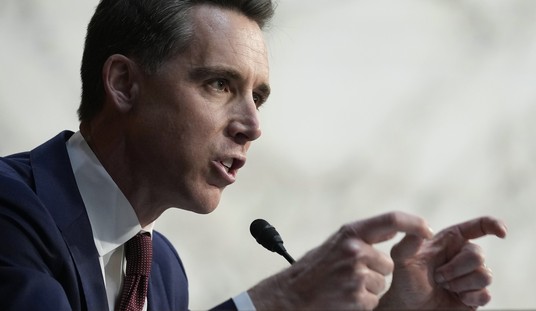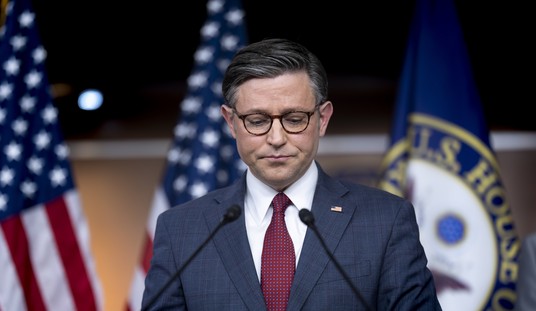The alleged motivation behind the deceitfully named “Affordable Care Act” is that there are millions of medically uninsured in the US. Of course the appropriate solution would be to address that need without crashing healthcare for the rest of the population. But somehow that approach was overlooked.
What if there was a concept by which we could treat those millions, providing them with better care, shorter wait times, less bureaucracy and an improved doctor/patient relationship, all while reducing Medicaid spending by $1 billion or more per state per year?
Not only is this possible, but the type of facility which would accomplish this miracle has been operating in New Jersey for a decade.
This innovative, doctor-driven approach would place all Medicaid outpatient services in the hands of the physicians of any given state. Each doctor would donate time to the program’s implementation and ongoing operation. Analysis by the creators of this proposal, the Association of American Physicians and Surgeons (a conservative counterpart to the AMA), indicates four hours a week per doctor to be sufficient.
Compensation from the states for these physician services is an elegant quid pro quo: each state would indemnify the entire medical practices of these volunteer doctors against malpractice lawsuits.
Doctors would save hundreds of millions in premiums and states would save billions in Medicaid costs.
Using varying methods, states currently ensure protection of state-employed doctors working in university hospitals, government-run clinics and other such facilities. It would be relatively simple to expand these systems to cover all doctors in each state.
Recommended
According to figures from the Kaiser Family Foundation, malpractice awards in 2010 for my entire home state of Arizona were under $50 million, a tiny fraction of Medicaid outpatient expenses.
Tort reform would further reduce costs and the state’s role in physician licensing is another potential area for saving, as most malpractice awards originate from a small percentage of physicians.
A prototype clinic using this approach is operating in Somerset, NJ, under the administration of Drs. John and Alieta Eck. Medicaid encounter costs average just $13 per visit under their management, down from a previous federal cost of $160. And charitable contributions from individuals and organizations have reduced the taxpayer-funded portion of clinic operation to zero.
The contrast with the exorbitant cost of Medicaid, or worse, using a hospital emergency room for primary care, as is commonly done by the uninsured, is staggering.
The incentive for physicians to enroll in and execute this program is significant, not only for the monetary savings, but because of the dramatic reduction in bureaucratic interference and paperwork.
The plan has more than its share of adversaries. Meddling politicians, managed care administrators, medical malpractice and healthcare insurance companies, hospital lobbyists and plaintiffs’ attorneys are major beneficiaries of the current system and are likely to strongly resist any proposed changes.
But they are currently profiting at enormous expense to taxpayers. With Obamacare crashing on multiple fronts, it’s long past time for a viable and inventive alternative.
The well-being of our citizens, both fiscal and physical, should be paramount.

























Join the conversation as a VIP Member